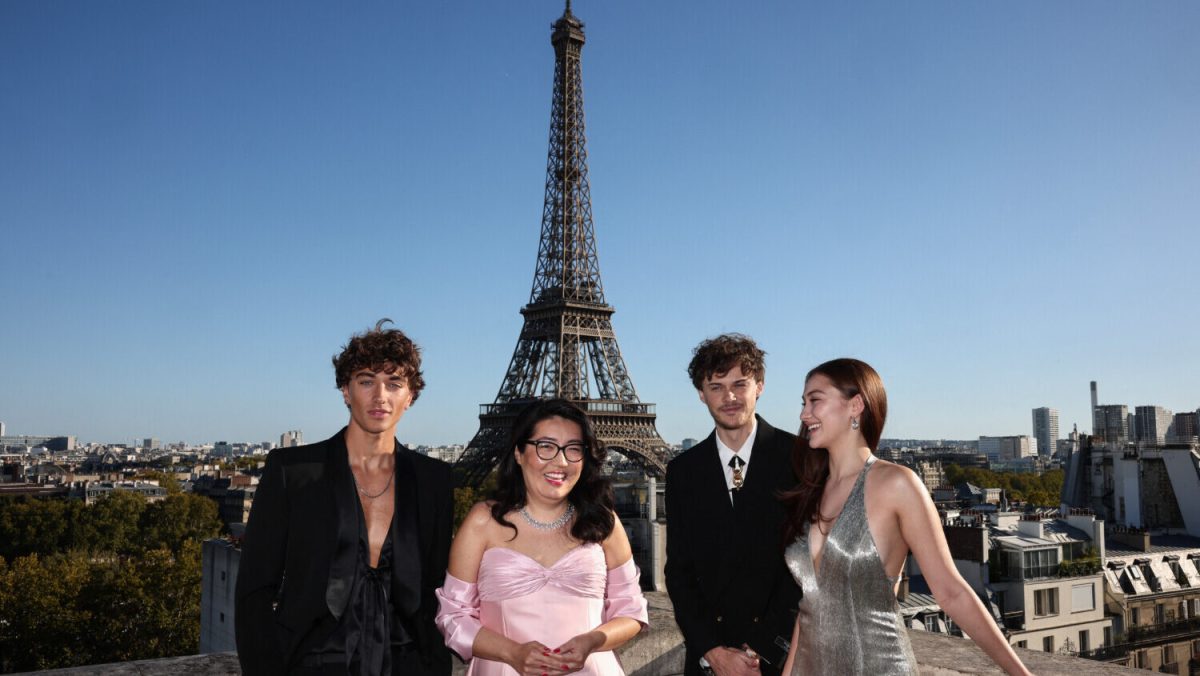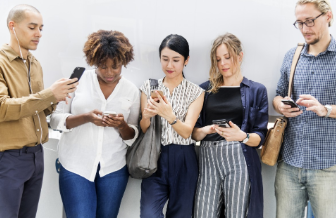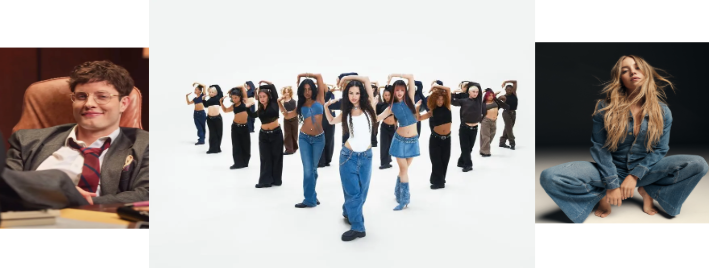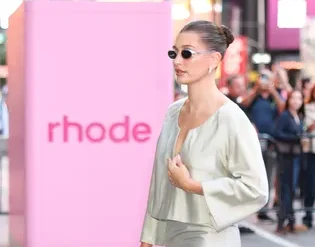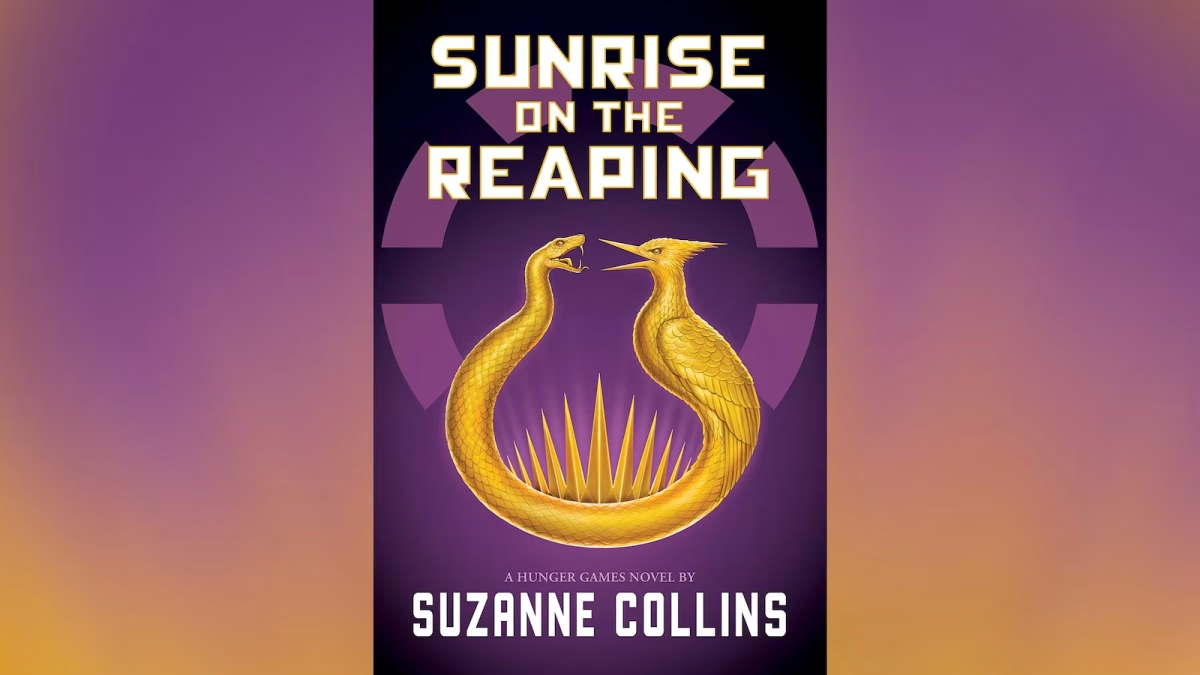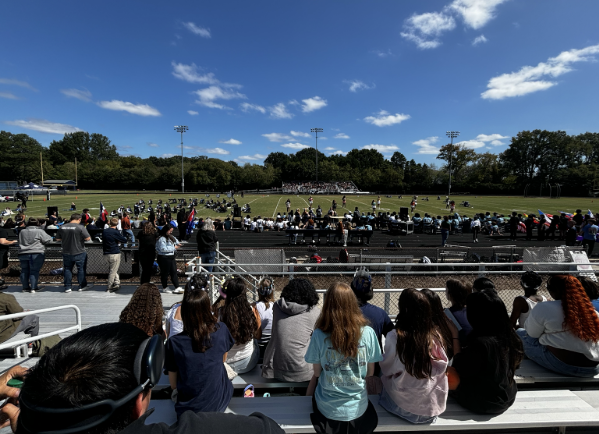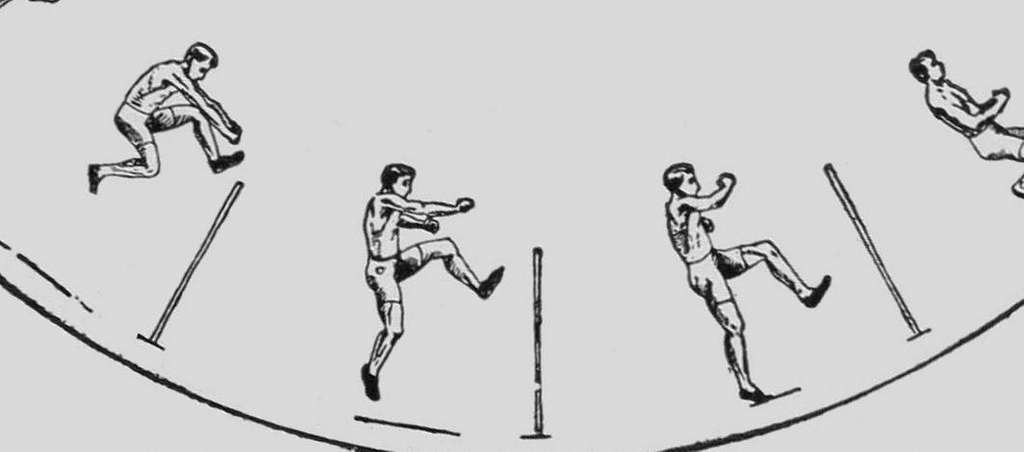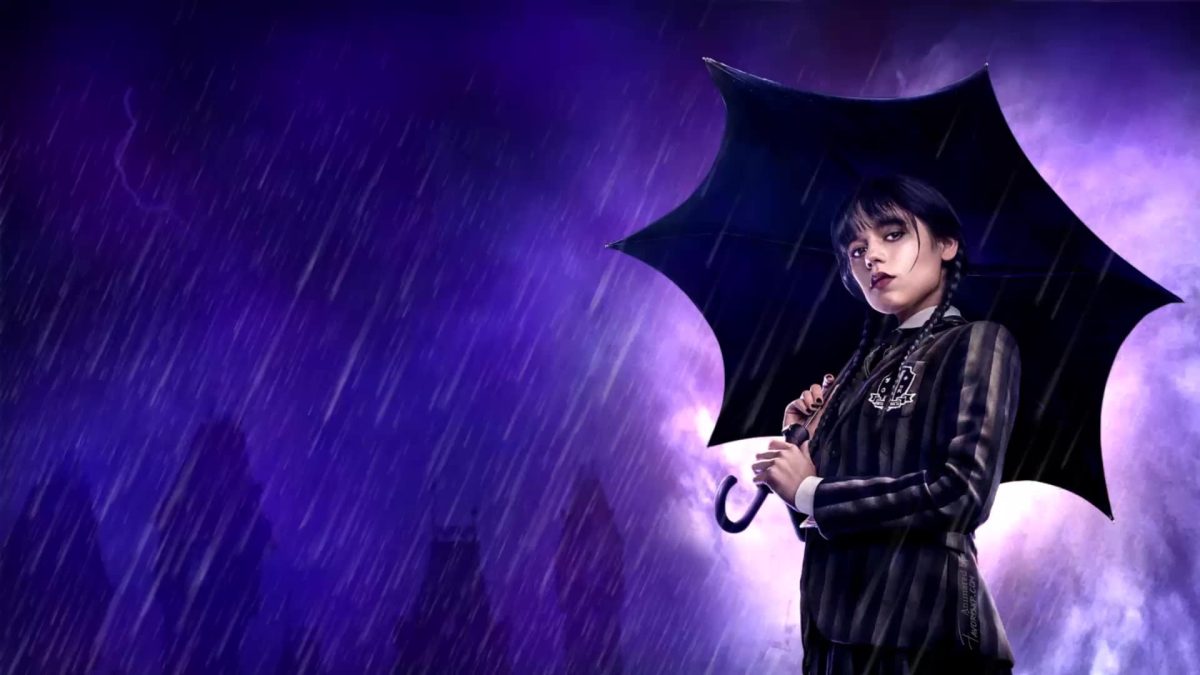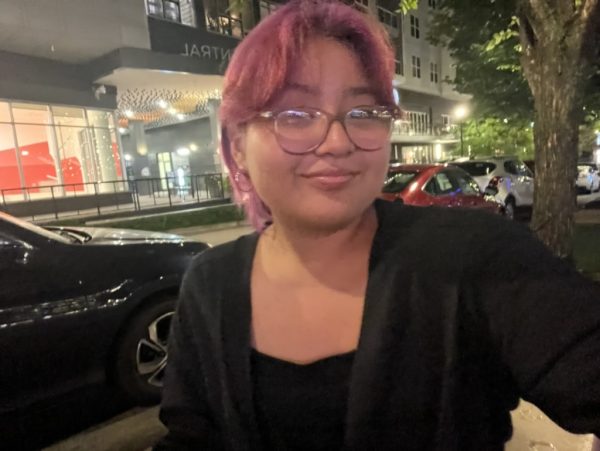Bad Bunny, born Benito Antonio Martínez Ocasio, is one of the most influential Latin artists of our time. Bad Bunny is a Puerto Rican rapper, singer, and actor, who rose to fame in 2016 and has since dropped hit after hit. His newest album, “DeBÍ TiRAR Más FOToS”–which translates to “I Should Have Taken More Photos”–was released January 5th and dedicated to his home, Puerto Rico.
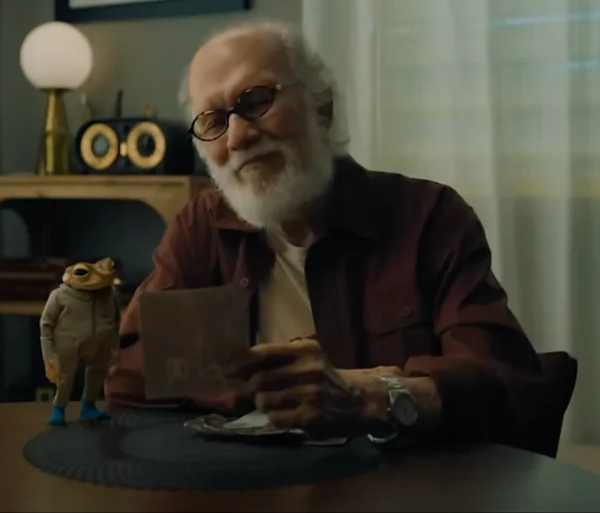
Prior to the album’s release, Bad Bunny released a short film starring Puerto Rico’s legendary filmmaker Jacobo Morales. The film showcases Morales as a man reflecting his life in his native country, while also showing photographs to his friend, Concho, a frog voiced by Kenneth Canales.
The film follows Morales as he walks to the local bakery. As he walks to the bakery, he notices the people around him don’t speak Spanish, they all speak English. When he arrives at the bakery, it’s not the same as when he grew up there. Towards the end of the video, he tells Concho that he misses listening to reggaeton music on full blast and the neighborhood’s overall sounds. Concho says that if he misses it, why doesn’t he drive with music blasting?
The theme of this film, and the album, is gentrification. The loss of culture. Where places like Puerto Rico are turned into attractions. Millbrook senior and boricua (a person from/with Puerto Rican descent), Angelica Medina, comments, “[Bad Bunny’s] album was art. He created something that was meant for the people of Puerto Rico and the people of Puerto Rico know that. I think he made it for boricua’s and people who know that Puerto Rican’s Spanish is losing its dialect.” Which is true. With every generation of Latinos, more Latinos are losing their language. In Latin culture, there’s a phrase for Latinos who aren’t fluent in Spanish– “no sabo kid.” Whether it’s because it wasn’t taught to them or they had to assimilate, it’s evident that we’re losing our culture. Medina further adds, “We’re not learning how to talk with our families, and sadly as a ‘no sabo kid’ myself, I have to learn how to keep my language alive. I have to learn how to actively participate in my culture, and I think this album was like an olive branch to those people, who are like ‘this is your culture too and you’re allowed to feel the things you feel because it is your culture.”
The 17 track album is bound to start a movement, featuring only Puerto Rican artists. The album also includes plena, bolero, salsa, dembow, and old-school perreo paired with today’s Latin pop and música urbana. On YouTube, Bad Bunny released the album with visual aids that describe the colonization history of Puerto Rico.
The true impact of the album lies within the songs. The opening track “NUEVAYoL” (New York) pays tribute to the Caribbean culture located in New York. What starts as salsa and then flows into dembow, taking you straight to Washington Heights. “PIToRRO DE COCO” is in reference to a popular holiday drink with a powerful jíraba rhythm, a traditional Afro-Caribbean genre.
Arguably two of the most influential songs are “LO QUE LE PASÓ A HAWAii” (What Happened to Hawaii) and “DtMF” (an acronym for the album’s title). “LO QUE LE PASÓ A HAWAii” is accompanied by folk instruments and touching lyrics regarding Puerto Rico’s current situation. It’s also an allusion to how the U.S. made Hawaii into a state. The song states the following lyrics (translated to English): “They want to takе my river and my beach too / They want my neighborhood and grandma to leave / No, don’t let go of the flag nor forget the le-lo-lai / ‘Cause I don’t want them to do to you what they did to Hawaii.” The “le-lo-lai” is a reference to a traditional Christmas song. The track talks about how Puerto Rico is being used for its resources and its beaches, turning into a tourist attraction, and as Medina puts it, “this is our home and we should want to take care of our home.”
“DtMF” personifies Puerto Rico as a woman, wishing he had taken more photos of the island beauty and magic before it’s gentrification: “I should’ve taken more pictures when I had you, I should’ve given you more kisses and hugs whenever I could, I hope my people never move away.”
“DeBÍ TiRAR Más FOToS” has its perreo elements but it’s done something that recent Latino albums haven’t, and that’s attracting the older generation. Perreo often includes sensual dancing and lyrics, something the older generation is not a fan of. But with this new album, the integration of older and classic songs/rhythms, and the overall message, it really has drawn people of all ages to listen. As Medina puts it, “He created something powerful, and he knows that and the people of Puerto Rico know that and I hope everybody who listens to it, listens to it and is like, I should take more pictures.”
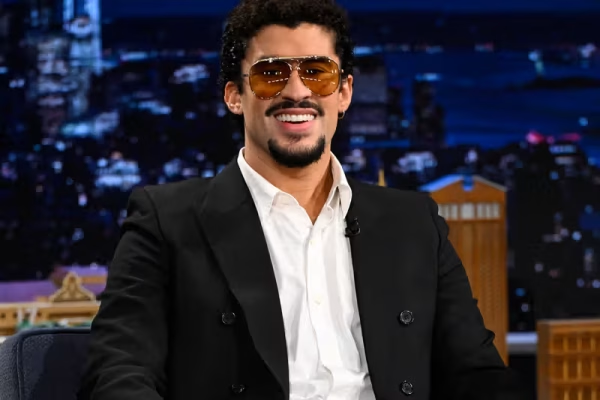
It wouldn’t be the first time Bad Bunny has spoken out on social issues. In 2020, he appeared on Jimmy Fallon to promote his album “YHLQMDLG” (an acronym for “I Do What I Want”) wearing a skirt, pink blazer and a t-shirt in Spanish saying, “They killed Alexa, not a man in a skirt,” bringing attention to Alexa Negrón Luciano, a homeless transgender woman who was shot and killed in Puerto Rico for using a women’s bathroom. Bad Bunny has spoken about transphobia, toxic masculinity in Latino communities, domestic abuse, sexual harassment and abuse of women, and more. In an interview with the New York Times about his new album, he says, “Everything that I say and everything that I do is because I feel it, not because I feel a pressure to say something because I’m a public figure.”
All over social media, you can see Latinos celebrate this new album. Bad Bunny has since performed on Jimmy Fallon, held a surprise concert at a subway station in New York, and has announced his “No Me Quiero Ir De Aquí” (I Don’t Want To Leave This Place) residency tour in Coliseo de Puerto Rico.


